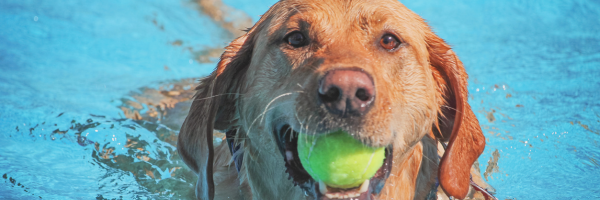Stay Cool: Essential Tips to Keep Your Pets Safe in Hot Weather
As the temperature climbs, the danger of heat-related illnesses increases—not only for humans but also for our cherished pets. Unlike humans, pets cannot cool off by sweating; they can only sweat through their foot pads, relying mainly on panting to release excess heat. This makes them especially susceptible to heatstroke and other heat-related problems.
Breeds at Higher Risk
Certain breeds, especially English and French bulldogs, pugs, and other brachycephalic (flat-faced) dogs and cats, are especially sensitive to hot weather. These breeds, along with any pets that have pre-existing breathing difficulties or are overweight, are at a very high risk of heat stroke. To ensure their safety, it’s crucial to limit their warm-weather activities to the early morning or late evening when the temperatures are cooler.
Important Tips to Keep Your Pet Cool
Here are some vital tips from the American Veterinary Medical Association to help keep your pet safe and cool during the warmer months:
Be Prepared
- Talk to your veterinarian about warm weather risks for pets (and travel safety if you plan to travel with a pet).
- Make sure your pets have unlimited access to fresh water, and access to shade when outside.
- Ask your veterinarian how to recognize signs of heat stress.
Keep Pets at Home
- Leave your pets at home if possible when you need to go out and about.
- Provide different temperature zones within your house for your pet’s comfort.
- Never leave a pet in the car, even in the shade or with windows cracked. Cars can overheat quickly to deadly temperatures, even when the weather isn’t severe.
Keep Them Comfortable
- If it’s hot outside for you, it’s even hotter for your pet.
- Take walks, hikes or runs during the cooler hours of the day.
- Avoid hot surfaces, such as asphalt, that can burn your pet’s paws.
- Ask your veterinarian if your pet would benefit from a warm-weather haircut or sunscreen.
Exercising with Your Pet
- Consult your veterinarian prior to starting an exercise program for your pet. Overweight pets and short-nosed dog breeds have higher risk of problems with warm-weather exercise.
- Don’t walk, run or hike with a dog during the hottest parts of the day or on particularly warm days.
- Take frequent breaks.
- Bring enough water for both you and your pet
Signs of Heat Stress
It’s crucial to be able to recognize the signs of heat stress in your pet. If you observe any of the following, seek emergency veterinary care immediately:
– Anxiousness
– Excessive panting
– Restlessness
– Excessive drooling
– Unsteadiness
– Abnormal gum and tongue color
– Collapse
By following these guidelines, you can help ensure that your pet stays safe and comfortable during the hot summer months. Always prioritize their well-being and remember that if it’s too hot for you, it’s even hotter for them. Stay cool and keep your furry friends cool too!

